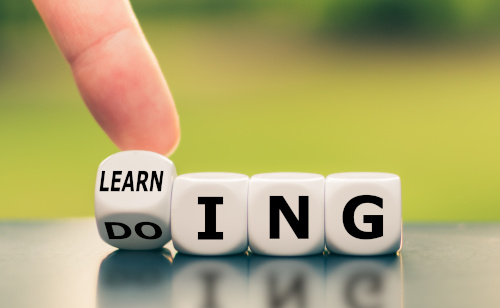
The traditional sequence of teaching using lectures, discussion, projects, and testing was upended during the pandemic as teachers adapted to digital classrooms and students took on more responsibility for their learning.
Now that students are back in school, many teachers are finding that continuing to use a blend of digital and face-to-face classroom learning methods can be effective in boosting student engagement and fostering constructive discussions.
The flipped classroom is one pedagogy that has been especially fruitful by reversing the traditional lecture and homework components of a class. In many traditional classrooms, the majority of class time is spent in a lecture-and-listen format. The flipped classroom replaces this static model by engaging students in active, dynamic learning.
In a flipped classroom, teachers use digital technology instead of lectures to provide most of the learning “inputs” and spend their time fostering social participation and imparting wisdom. These inputs might be a video lecture or other mixed media content, reading, or listening to audio. Inputs can include music, paintings, maps, illustrations, podcasts, and video clips from television shows or movies. There is no limit to what might be included. The main point is that the live lecture is dispensed with.
In-class time is then dedicated to engaging with the learning in a variety of activities, such as discussions, debates, activities focused on projects or problems, or laboratory exercises.

